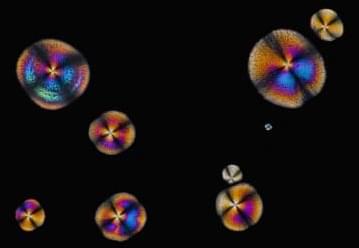Machine intelligence and artificial intelligence. How it may impact the future of humanity — A discussion with award winning science fiction author Robert J. Sawyer.
The exponential growth in computing powers, machine intelligence and artificial intelligence suggests that within a few decades intelligent machines will have more capability than us. How will they interact with humanity and what are the risks?
#booktube #authortube #writingtube #artificialintelligence #futurism.
Robert J. Sawyer’s WWW trilogy of Wake, Watch, and Wonder has just won this year’s Media Award from the Machine Intelligence Foundation for Rights and Ethics (MIFRE), a Washington-state-based non-profit.
The award is given annually for the best fictional representation “of human and machine intelligence forming and thriving in a cooperative peer relationship.”






